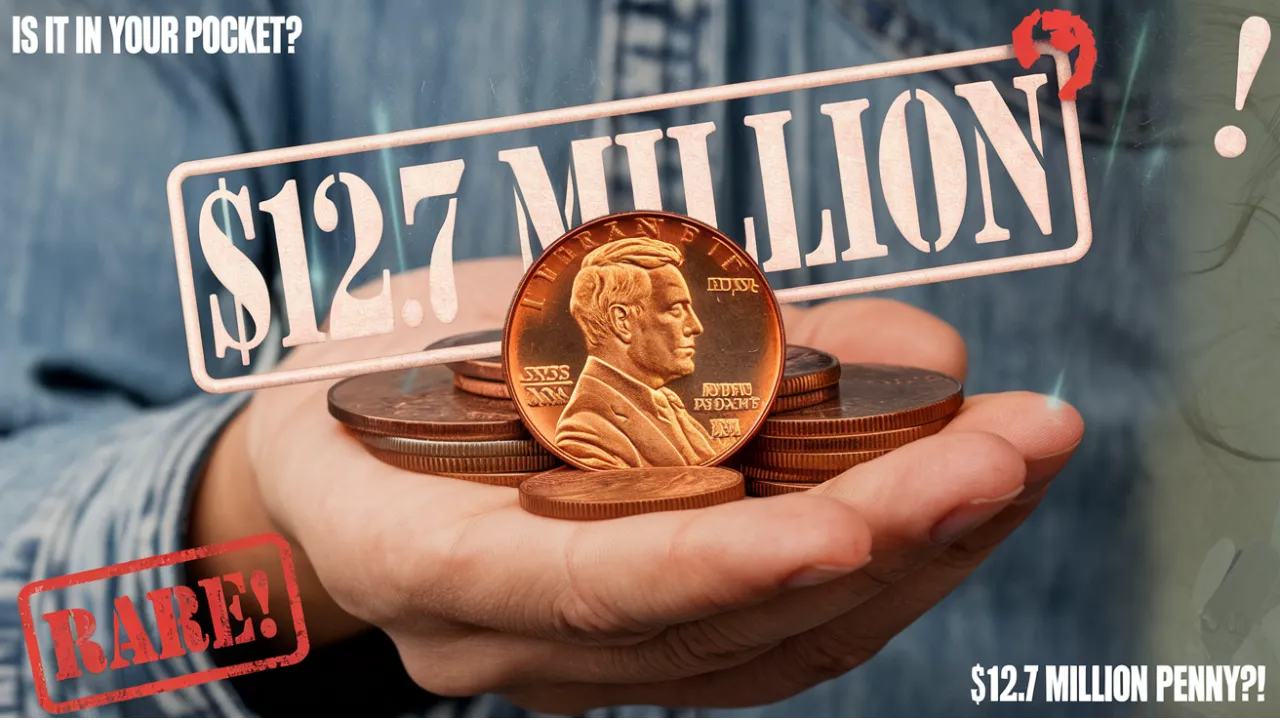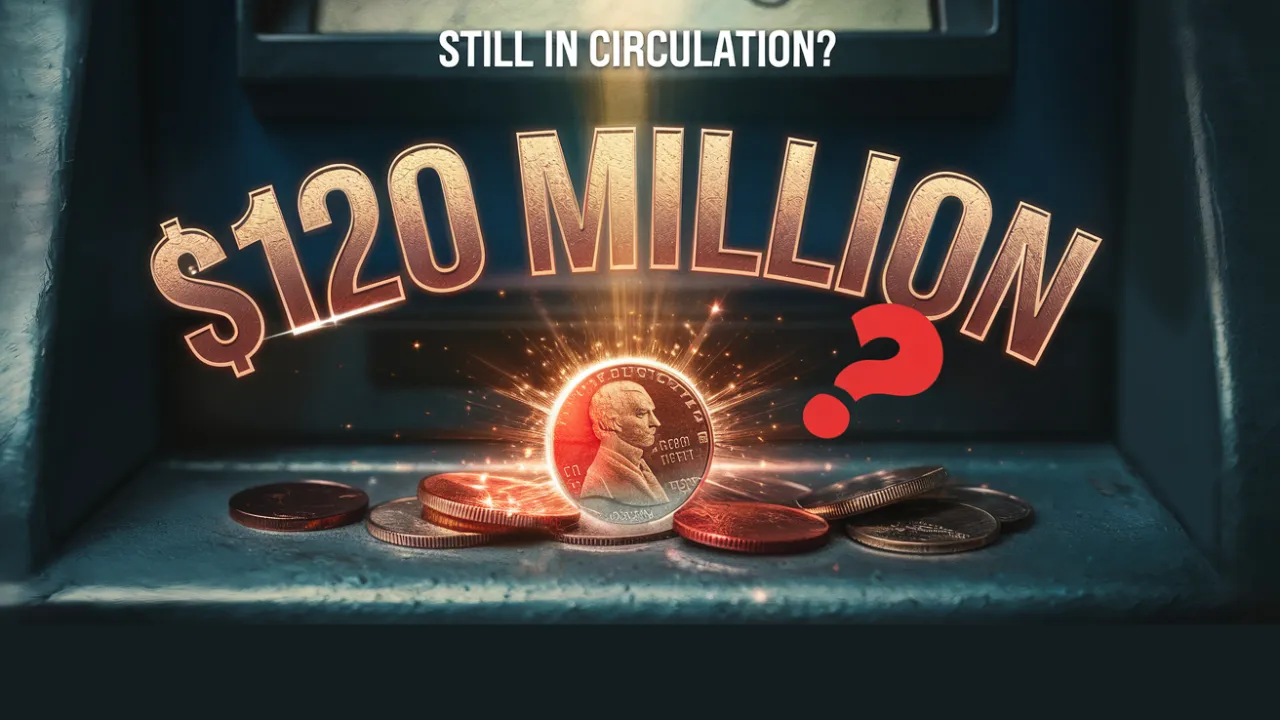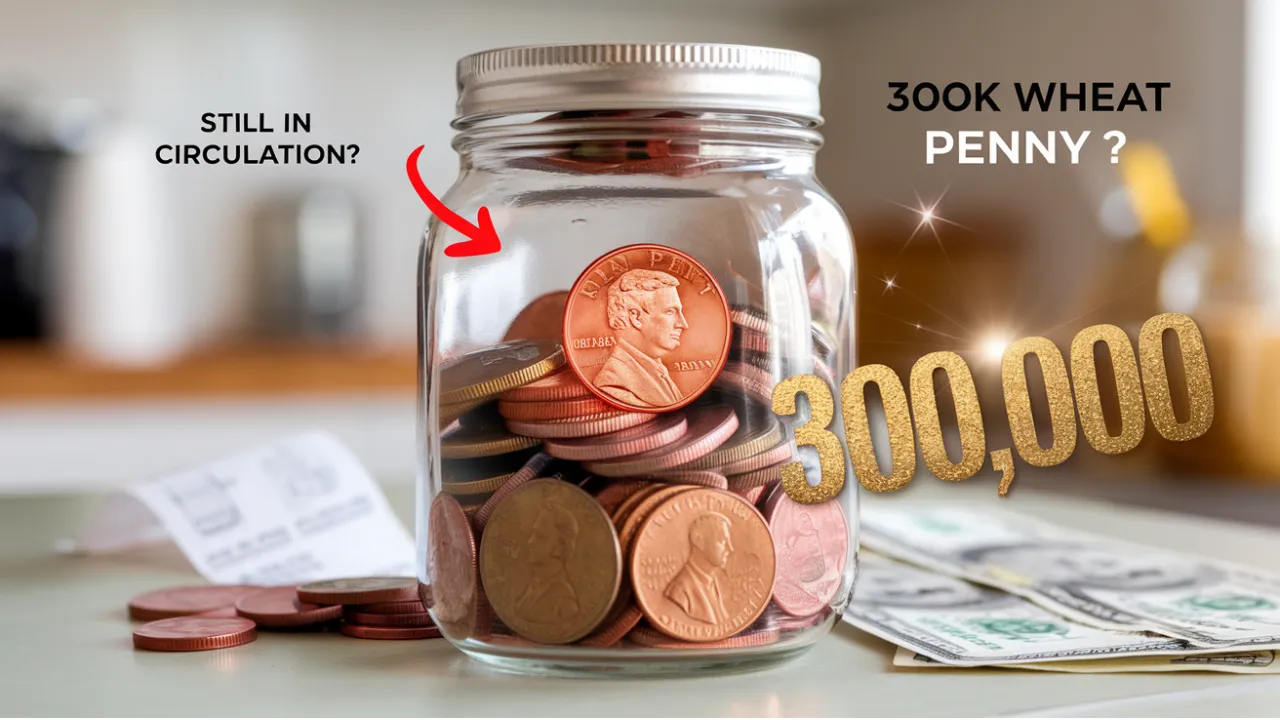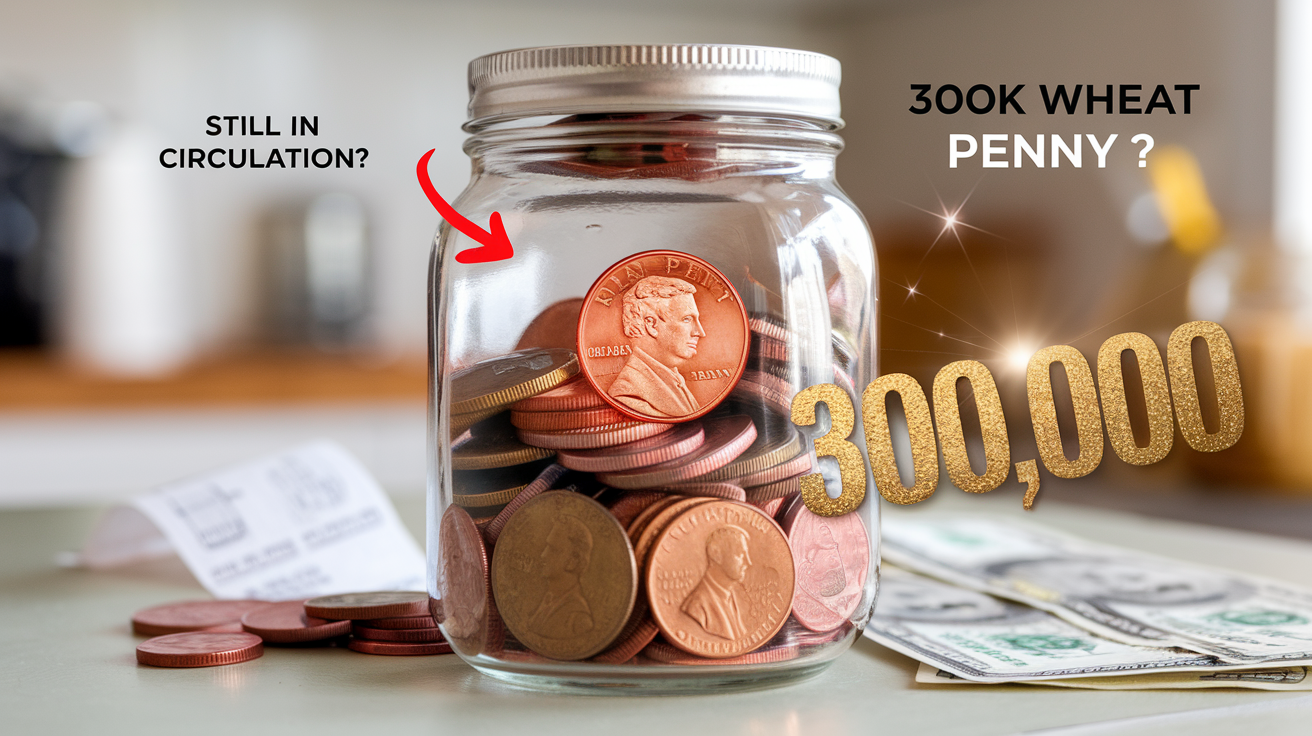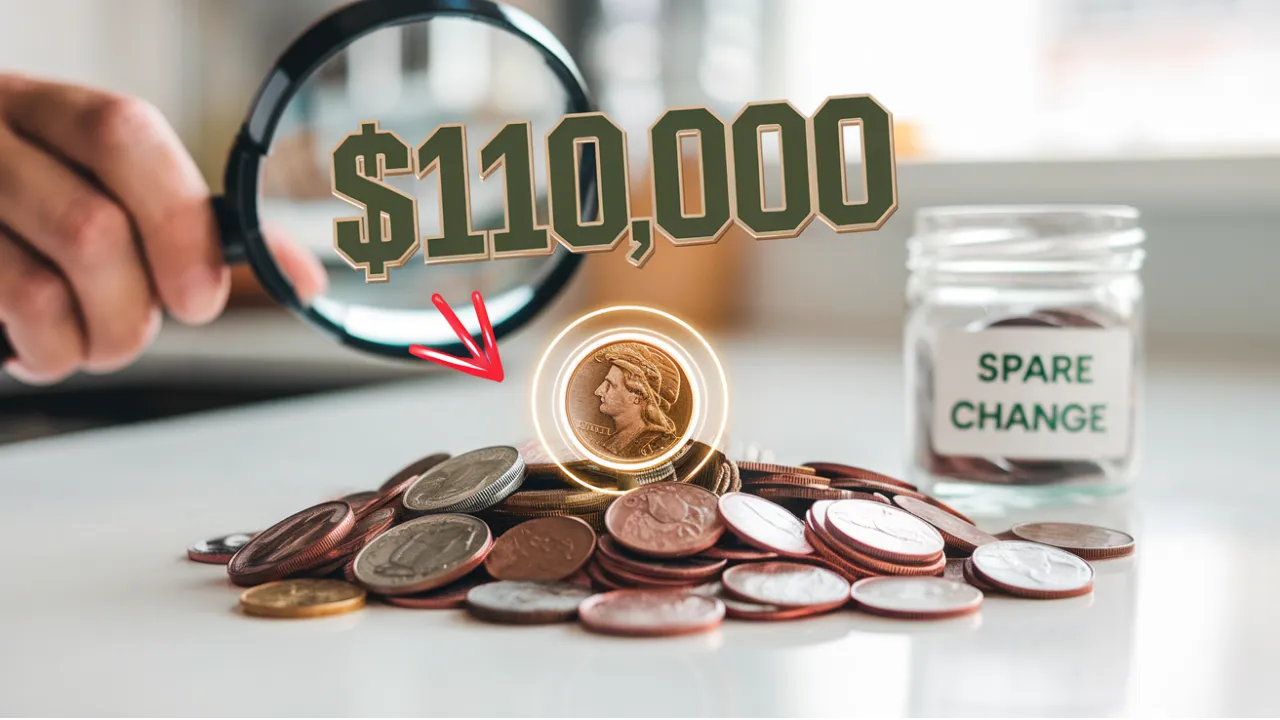The Hidden $12.7 Million Lincoln Wheat Penny: The Lincoln Wheat Penny has always been a collector’s favorite, but a new buzz is spreading through the coin collecting world: one of these tiny copper coins could be worth as much as $12.7 million—and it might still be hiding in plain sight. That’s right, a coin you might overlook as spare change could secretly be a millionaire-maker.
This article takes a closer look at the mystery and magic surrounding the Lincoln Wheat Penny. We’ll explore what makes these coins valuable, how rare versions could still be out there, and how to spot one. Whether you’re a casual coin collector or just someone curious about what’s jingling in your pocket, this is one story you won’t want to miss.
Overview Table
| Key Fact | Details |
| Coin Name | Lincoln Wheat Penny |
| Top Estimated Value | $12.7 million |
| Design Years | 1909–1958 |
| Rarest Editions | 1943 Copper, 1909-S VDB, 1955 Double Die |
| Circulation Status | Some versions possibly still in circulation |
| How to Identify | Check date, mint mark, and error signs |
| Authentication Tip | Use professional grading services like PCGS or NGC |
The Story Behind the Lincoln Wheat Penny
First released in 1909, the Lincoln Wheat Penny was a groundbreaking coin. It was the first U.S. coin to feature a real person—Abraham Lincoln. On the front, it shows Lincoln’s portrait. On the back, it features two curved wheat stalks, representing prosperity and the American heartland.
These coins were produced until 1958, after which the design switched to the Lincoln Memorial. Even though they’re no longer minted, millions were made, and many are still floating around today—often in change jars, old drawers, or forgotten collections.
What Makes a Lincoln Wheat Penny Worth $12.7 Million?
Not every Lincoln Wheat Penny is valuable, but a few have rare qualities that make collectors go wild. The most valuable coins are the result of unusual events—errors, limited production, or rare materials.
The now-famous 1943 Copper Penny is one such example. During World War II, copper was needed for ammunition, so pennies were made from steel instead. But a few copper blanks were mistakenly used, and those pennies are now worth a fortune. A well-preserved 1943 copper penny has been estimated to be worth up to $12.7 million in today’s market.
Other notable versions include the 1909-S VDB (with a rare mint mark and the designer’s initials) and the 1955 Double Die, which shows doubled lettering due to a minting mistake. These coins are worth thousands—or more—if found in excellent condition.
Rare Lincoln Wheat Pennies to Look Out For
If you’re serious about spotting a valuable coin, keep an eye out for these standout editions:
- 1943 Copper Penny: Extremely rare due to copper blanks mistakenly used during steel production.
- 1909-S VDB: Limited mintage and high demand make this a top target for collectors.
- 1955 Double Die: Look closely at the date and lettering—if it appears doubled, you could be holding a small fortune.
- 1922 No D Penny: A minting error left this coin without the Denver mint mark.
- 1914-D Penny: Scarce and highly sought after, especially in fine condition.
Each of these has sold for impressive amounts at auctions, with the 1943 copper penny being the crown jewel.
Could a $12.7 Million Coin Really Be Out There?
It might seem hard to believe, but experts agree—it’s possible. Most people don’t pay attention to pennies. They toss them in jars, use them for small change, or even ignore them completely. That’s exactly how a rare coin could remain undetected for decades.
Some of the most valuable Lincoln Wheat Pennies have turned up in everyday places—bank rolls, garage sales, inherited collections, or pocket change. Because millions were made and circulated widely, a rare one might have just slipped through the cracks and ended up in someone’s hands who didn’t know what they had.
How to Tell If You’ve Found a Rare Lincoln Wheat Penny
If you want to join the treasure hunt, here’s how to spot a potential winner:
- Check the Year: Rare pennies often come from 1909, 1914, 1922, 1943, and 1955.
- Look for the Mint Mark: Found under the date, marks like “S” (San Francisco) and “D” (Denver) are important.
- Test the Material: The 1943 steel penny sticks to a magnet. If yours doesn’t, it might be the rare copper version.
- Look for Errors: Double letters, off-center designs, or other flaws can make a coin more valuable.
- Condition Counts: A coin in near-mint condition is worth much more than a scratched-up one.
What To Do If You Think You’ve Found One
If you come across a Lincoln Wheat Penny that seems special, don’t rush. Here’s what to do:
- Handle It Carefully: Avoid touching the surface. Hold it by the edges and don’t clean it—cleaning can reduce its value.
- Use a Coin Holder: Store it safely in a protective sleeve or case.
- Seek Professional Help: Get the coin evaluated by PCGS (Professional Coin Grading Service) or NGC (Numismatic Guaranty Corporation).
- Consult Collectors or Dealers: Once verified, you can reach out to trusted numismatic dealers or auction houses to get offers or advice.
The Fascination of Coin Hunting
Part of what makes the search so exciting is the history behind every coin. Each Lincoln Wheat Penny is a piece of the past—handled by people from another era, passed through countless hands, and carrying stories with it.
Even if you don’t strike gold, collecting coins can be a rewarding experience. It’s a hobby that mixes curiosity, patience, and sometimes, incredible luck. And who knows? Your next penny might just be that $12.7 million jackpot.
FAQs
Is the $12.7 million Lincoln Wheat Penny real?
Yes, it’s believed to be a rare 1943 copper version, and experts estimate its value could reach $12.7 million.
How can I tell if my penny is valuable?
Look at the date, mint mark, condition, and check for errors. The rare ones usually have unusual features or limited minting.
Where should I take my coin for evaluation?
Reputable grading services like PCGS or NGC can authenticate and grade your coin.
Should I clean an old penny before showing it?
No. Cleaning can lower its value. Collectors prefer coins in their original state.
Can these rare pennies still be found in circulation?
Yes. Though unlikely, it’s possible a valuable coin is still out there waiting to be discovered.
Final Thought
The humble Lincoln Wheat Penny holds more mystery and value than most people realize. With the chance of a $12.7 million discovery still on the table, every penny is worth a second glance. So next time you empty your pockets, take a moment—you might just be holding history. Found something interesting? Share your find and explore more about rare coins in our related content. Happy collecting!
